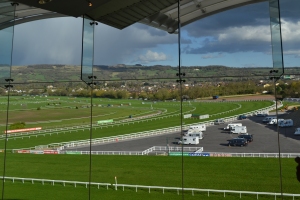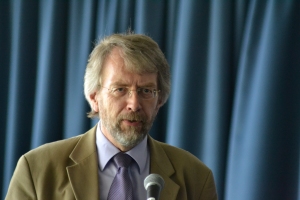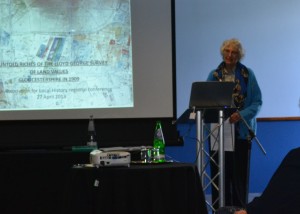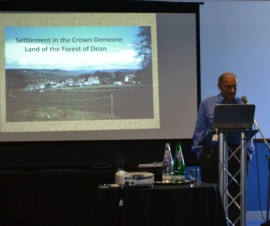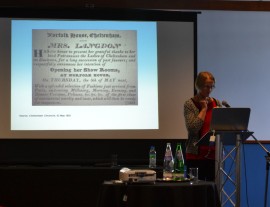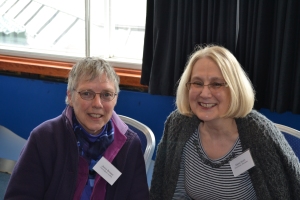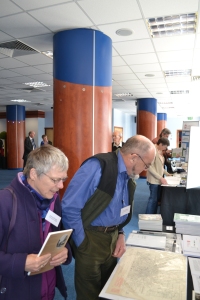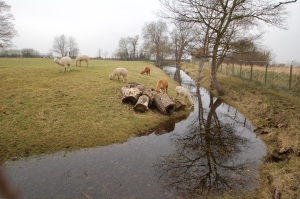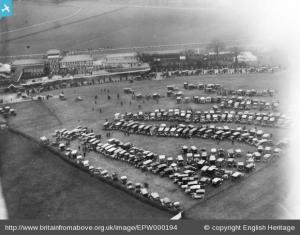Changing Communities
British Association for Local History regional conference co-hosted by Cheltenham Local History Society and Gloucestershire County History Trust
Against the stunning backdrop of Cheltenham Racecourse seen through the vast windows of the ‘Panoramic Suite’, BALH’s regional conference opened with short presentations from BALH Chair Tim Lomas, the Mayor of Cheltenham Councillor Colin Hay and Dame Janet Trotter, Lord-Lieutenant of Gloucestershire and patron of the Gloucestershire County History Trust.
Professor John Beckett then gave the keynote address ‘The English Village’ which raised many issues relating to the nature of villages and their communities, that set the stage most emphatically for the following day.
Starting bright and early on Saturday morning the programme of six papers ranged far and wide over time, place, sources and methods. Professor Tom Beaumont James began with an image of the Daily Mail reporting on the Black Death, and went on to consider how historians have differed in their analysis of the visitation. Its impact went far beyond the ‘simple’ calculation of death rates.
Kate Tiller reminded us that there is so much more to local war memorials than lists of names. She discussed the importance of the way decisions on style, price, location, and wording were made in local communities, and argued that the investigation and understanding of them is a fitting tribute for local historians to undertake as the anniversaries of the Great War approach.
Yate has been described as ‘a town without a heart’, and ‘Gloucestershire’s enigma’, but Rose Wallis demonstrated how the community’s growth from an isolated settlement to a lively railway village and then to a rapidly growing area since the establishment of the ‘new town’ in the 1950s gives it a history that is well worth exploring.The results of her work on this area, with many active volunteers based at Yate Heritage Centre, for Glos VCH will be appearing online.
After lunch Anthea Jones revealed the ‘untold riches’ of the Lloyd George survey of land values 1909, which people in Gloucestershire are so fortunate to be able to access online as a result of the project she is leading. She provided examples of questioning this data that is so valuable but somewhat awkward to access, to understand how communities have changed.
Nick Herbert took us into the depths of the Crown demesne lands of Forest of Dean. He traced the development of new settlements against the background of the very complex history of that area, from assarting in early medieval times, through waves of further expansion into the nineteenth century associated with the exploitation of mineral and timber resources.
Diana Russell is researching businesswomen in the first half of the 19th century. Her comparison between retail trades in Cheltenham and in Bath introduced us to some very enterprising women who were exploiting commercial opportunities in these two growing spa towns.
On Sunday delegates assembled at the University of Gloucester campus, and after a fascinating talk by Steven Blake that examined Cheltenham as seen by topographical printmakers between 1786 and 1850, there were two guided walks in the town, led by Steven himself and Frances Wilson-Copp.
View more photos on Flickr

